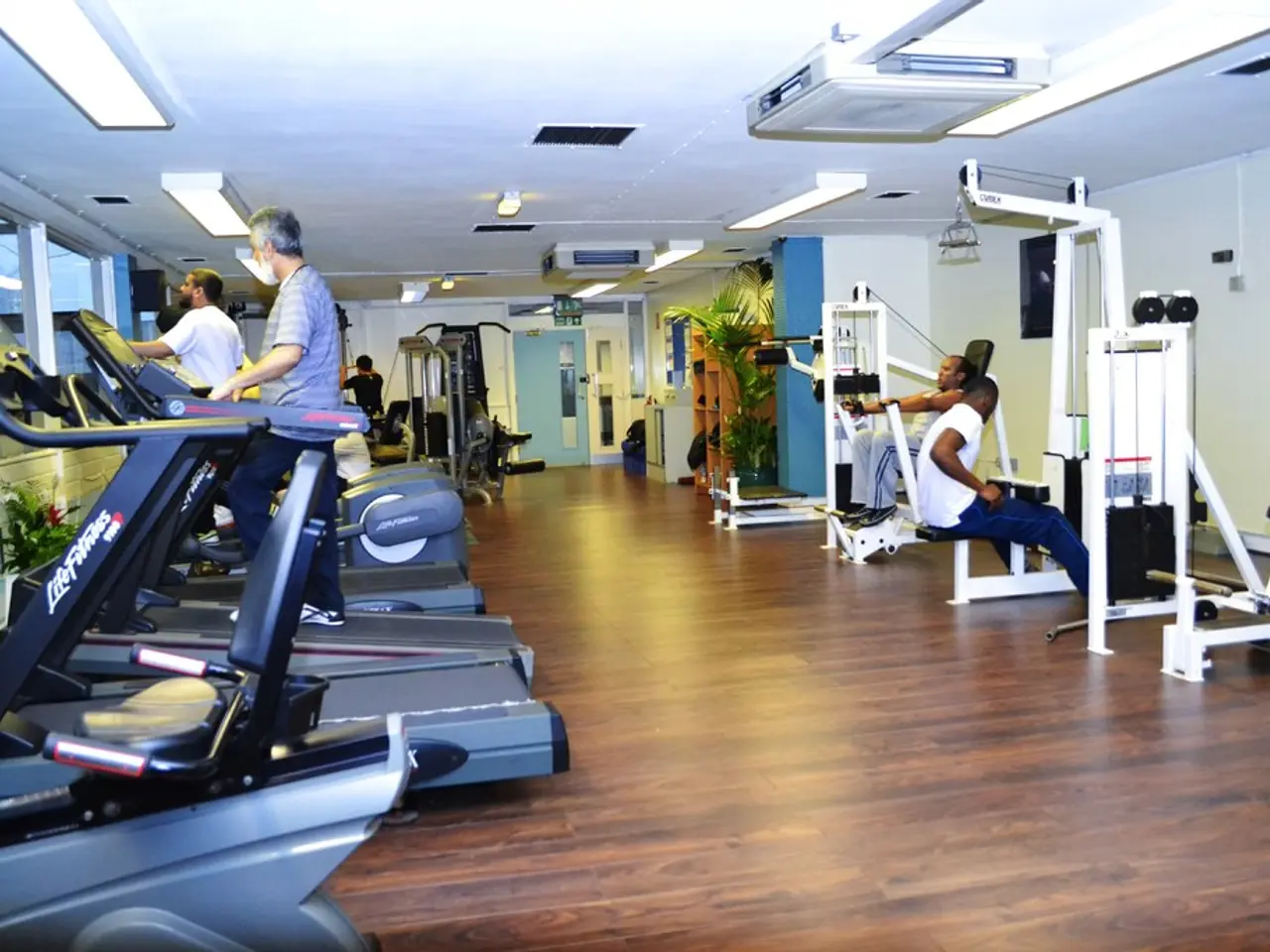Is It Safe to Engage in Physical Activity with Hypertrophic Cardiomyopathy?
Exercise plays a crucial role in maintaining the health and well-being of individuals with Hypertrophic Cardiomyopathy (HCM). However, the recommended exercise regimens for those with HCM can vary greatly depending on their individual risk assessments.
Mild to Moderate Aerobic Activities
Most patients with HCM are advised to engage in about 150 minutes per week of mild aerobic exercise, such as walking, biking, or swimming, under safe conditions. The key is to raise the heart rate without pushing it to high intensity.
Low-Risk Patients
Low-risk patients can participate safely in mild to moderate-intensity aerobic exercises. These activities should not cause severe shortness of breath, palpitations, dizziness, or fainting.
High-Risk Patients
High-risk patients, particularly those with significant obstruction, arrhythmic risk, or other complications, should limit their exercise to low-intensity activities like slow walking, stretching, yoga, or Pilates. High-intensity activities like heavy weightlifting or high-intensity interval training (HIIT) are discouraged.
Annual Evaluation
Regular evaluation by an HCM specialist is critical to tailor exercise recommendations and detect any changes in risk profile. Annual clinical reassessment is recommended to ensure that the exercise routine remains safe and effective.
Warning Signs
Patients should stop exercising immediately if they experience symptoms like chest pain, severe shortness of breath, palpitations, dizziness, or fainting.
Psychological and Physical Benefits
Exercise improves cardiovascular fitness, weight management, stress reduction, and overall quality of life in people with HCM without increasing risk when done appropriately.
Balancing HCM Management and Exercise
It's essential to balance HCM management and exercise to optimize health for people with HCM. A tailored evaluation with a healthcare team is important to ensure safe and effective exercise choices.
Competitive Sports Participation
A consultation with a sports cardiologist is often recommended for individuals with HCM who wish to participate in competitive sports. Having a risk assessment can provide guidance for competitive sports participation.
Low-Intensity Exercises
Low-intensity exercises like gentle stretching, yoga, Pilates, or walking a dog can be suitable alternatives for individuals with HCM who cannot engage in high-intensity activities.
Shift in Thinking
Historically, there was a belief that individuals with HCM should significantly restrict activity due to concerns about sudden cardiac death. However, new guidelines highlight a shift in thinking, suggesting that most people with HCM can engage in such activities to maintain cardiovascular fitness.
Research Findings
Recent research shows that people with HCM who engaged in vigorous exercise were not more likely to have a life-threatening arrhythmia than those who participated in moderate exercise or sedentary activities.
Guidelines from the American Heart Association
The American Heart Association's latest guidelines recommend mild and moderate-intensity activities such as walking, biking, swimming, water aerobics for people with hypertrophic cardiomyopathy (HCM).
In conclusion, a personalized exercise plan guided by a specialist evaluating the risk of arrhythmias and obstruction is essential for individuals with HCM. Mild to moderate aerobic activities are generally safe and beneficial, while high-intensity exercises are usually contraindicated in higher-risk individuals. It's crucial for people with HCM to pay attention to their feelings during exercise and stop immediately if experiencing any unusual symptoms.
- The American Heart Association recommends mild and moderate-intensity activities such as walking, biking, swimming, and water aerobics for individuals with Hypertrophic Cardiomyopathy (HCM).
- Exercise improves cardiovascular fitness, weight management, stress reduction, and overall quality of life in people with HCM without increasing risk when done appropriately.
- Patients with HCM who cannot engage in high-intensity activities can opt for low-intensity exercises like gentle stretching, yoga, Pilates, or walking a dog.
- An HCM specialist's regular evaluation is critical to tailor exercise recommendations and detect any changes in risk profile.
- High-risk patients with HCM, particularly those with significant obstruction, arrhythmic risk, or other complications, should limit their exercise to low-intensity activities like slow walking, stretching, yoga, or Pilates.




